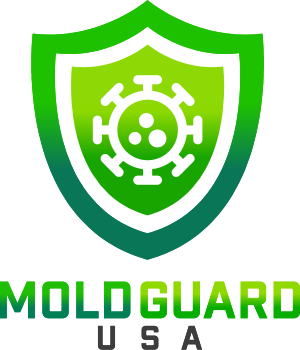FREQUENTLY ASKED QUESTIONS
1. What is Mold and where is it found?
Mold is a microscopic organism that lives in plant and animal matter. These are present everywhere, indoors and outdoors. Of the 100,000 species of fungi that exist 1,000 of these are common in North America. Mold growth happens in places where water and moisture predominate.
2. How can mold affect health?
Some people are sensitive, exposure to Mold can cause symptoms such as:
• Nasal congestion
• Wheezing
• Red or itchy eyes and skin.
In 2004, the Institute of Medicine (IOM) concluded that there is sufficient evidence between indoor mold exposure and symptoms of upper respiratory disorders, cough, asthma, pneumonitis, and hypersensitivity to this immune condition.
3. How does mold enter a home, office, and confined space?
Mold is everywhere. Mold spores become trapped on the walls and cavities of a tall structure during the installation of rock slabs. Mold enters through doors and windows.
4. What are the hidden areas where mold grows in homes?
These hidden places are:
• Behind the walls.
• Under the floor of floor mats and wall upholstery.
• In the air conditioning system.
• In the attic.
5. What does mold need to grow?
Mold to grow and multiply only needs enough moisture, for example, condensation, water leak, organic matter, ceiling panels, Drywall, wallpaper, or natural fiber carpets. Mold grows in enclosed spaces where water has entered. Many building materials can develop mold once they are wet.
6. What type of mold can be found in my home, office, and confined space?
Mold is not identifiable by sight, there are many types of molds and species. The mold must be sampled and analyzed to determine mold type and toxicity.
7. How can I tell if there is mold in my home, office, and confined space?
Some mold problems can be visible, so it can be seen at first glance, however, there are types of mold that cannot be identified so easily so an analysis of the interior space is needed.
8. What should I do if I suspect mold in my space?
You must communicate with specialists on the subject. Our company is one of them, so we invite you to contact us.
Typical methods for identifying mold are:
-
Visual inspection in homes, factories, and businesses, reliably detecting the possible presence of MOLD in the most remote places.
-
Air sampling, air samples are taken inside and outside the house to compare and detect the problem.
-
Tape/swab/Bulk sampling of a visible mold or stain to determine the type of mold.
-
All mold samples are analyzed in certified laboratories.
.
9. What to do to eliminate mold in homes, offices, and closed spaces?
After the professional technical inspection of the houses, offices, and closed spaces, a report of the areas contaminated by mold will be given to the person in charge of the property, together with certified and precise instructions on how to eliminate it.
10. Do insurance policies cover mold problems?
Most property insurance policies cover Mold damage when it arises after: accidents like fire, lightning, sudden water problems.
They may not be covered if the source of moisture that caused the mold was due to lack of property maintenance.
